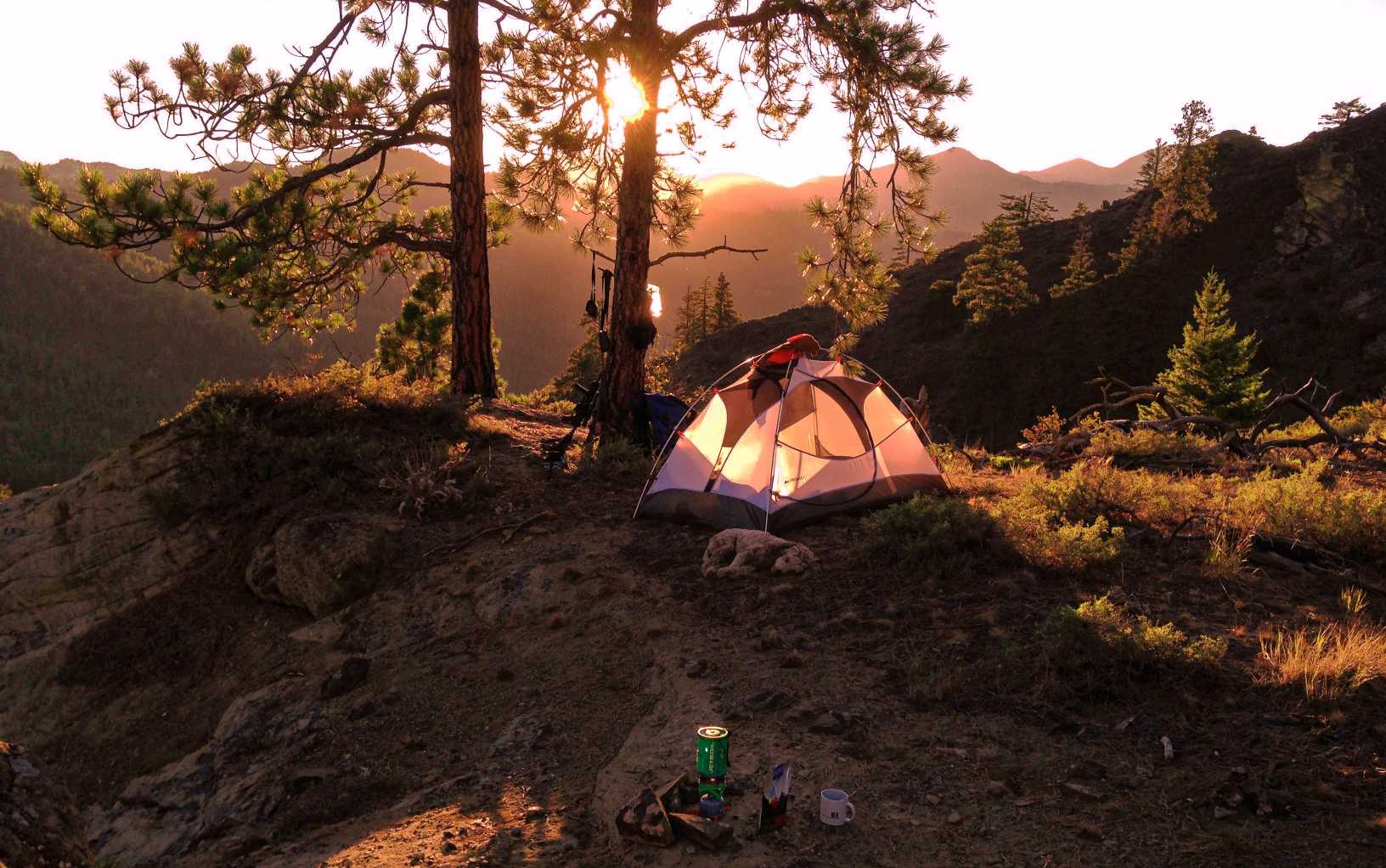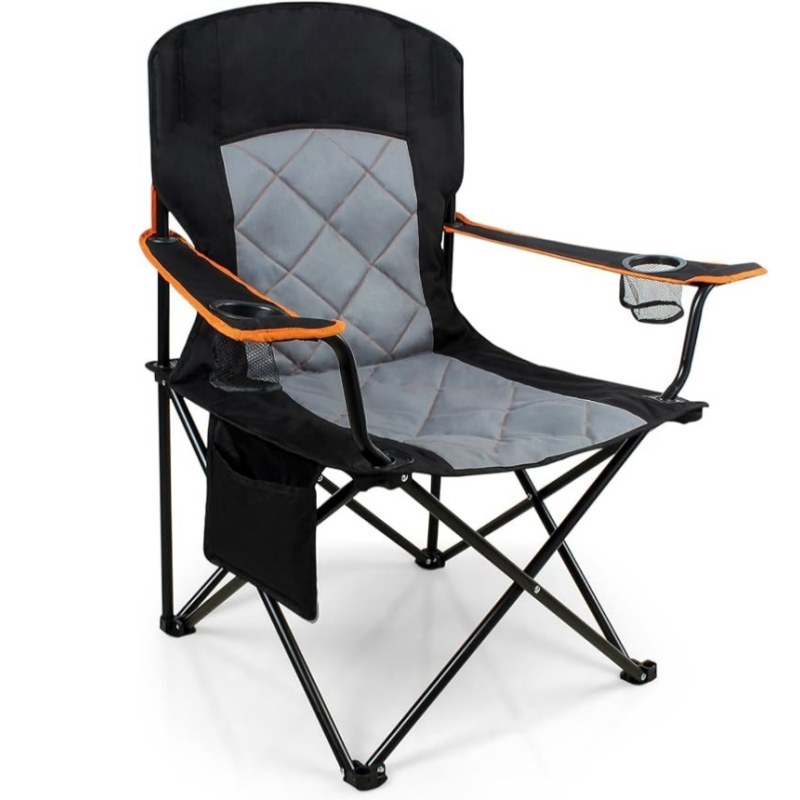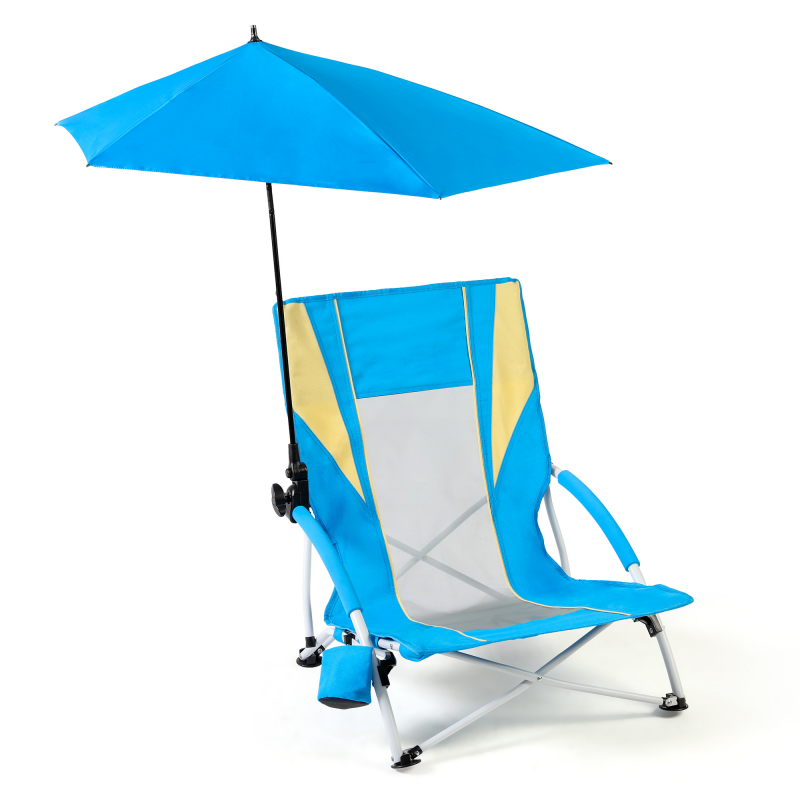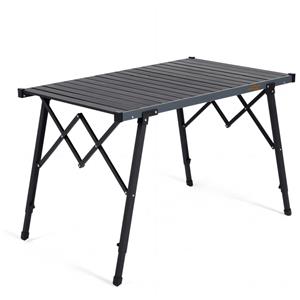Tips for Spring Camping
When the sun crosses the equator and returns to the northern hemisphere again, the yearning spring comes to us again. In spring, ice and snow melt, everything recovers, flowers bloom, and trees sprout. Such a beautiful scenery makes people want to go camping outside to embrace nature. Perhaps you have packed up and are ready to leave, or you are still preparing to purchase equipment. However, spring camping can bring its own challenges too. The following content must be noteworthy and will make your early spring camping smoother and more comfortable.
It’s true that the temperatures start rising in the spring, but really the weather at this time of year can best be classified as changeable. You might get lucky and enjoy sunny days with highs in the 70s ℉ or 20s ℃, but there’s also a high chance of rain, snow and cold overnights. Also, there can be quite different between spring camping in different sites. It is necessary to pay close attention to weather changes during the changeable spring. Start paying attention to the weather as early as possible a few days in advance, and ensure that you have the latest climate information on the campsite. Especially when your campsite is in special places such as mountain area, you need to consult a mountain weather forecast and understand the climate where you're going.
 (Image Credit: Nathan Moore)
(Image Credit: Nathan Moore)
You will never know what you are going to get in your spring camping unless you are there. But that doesn’t mean that you shouldn’t go. It will be much better if you have been well-prepared. Here are some spring camping tips on gears you need for your consideration.
Canopy or Tarp: A camping tarp or popup canopy can really save your spring camping trip if it’s wet. You can rig it up upon arrival then pitch your tent underneath it, so you’re not pitching in the rain. When your tent is up, move your shelter over the picnic table or set up your camping table and chairs underneath it so you always have a dry hangout spot.
Four-season tent: If you are anticipating wind, snow and cold conditions, you may want to invest in a more robust tent, whereas if you’re heading somewhere warm, your standard tent will do nicely. Read up on how to stop condensation in a tent if you’re looking at damp conditions.
Sturdy tent pegs: The ground may still be quite waterlogged in the spring, or even muddy, and combined with gusty conditions this can make for a very feeble setup. Invest in a set of sturdy tent pegs made from steel, or aluminum or titanium if weight is an issue, and bring a camping hatchet to drive them into the ground and reinforce your sleep shelter.
Three-season sleeping bag: The last thing you want is to be cold at night when you’re trying to sleep, and even in the nicest climates, you might experience chilly nighttime lows, so bring a three-season sleeping bag and remember you can always unzip if you get too warm.
Camping towels: You may not be able to avoid mud outside your tent, but you definitely want to avoid it inside your tent. Bring a couple of camping towels for wiping off muddy clothing and boots before entering the tent.
Quick-drying layers: When there are wild temperature swings in play, layering up is the name of the game, so you can stay warm when it’s cold and strip off when it’s hot. However, make sure you’re choosing quick-drying fabrics like merino wool and synthetics and avoid cotton and bamboo, so if you do get damp, you don’t stay that way.
Waterproofs: A tarp is great, but damp weather has a way of penetrating everything. Make sure you pack a waterproof jacket and rain pants to keep your thermals and mid layers nice and dry.
Trash bags: Bring loads of trash bags that you can use to line tents in an emergency, keep your sleeping bags dry in transport and stash wet gear in. When you get home.




